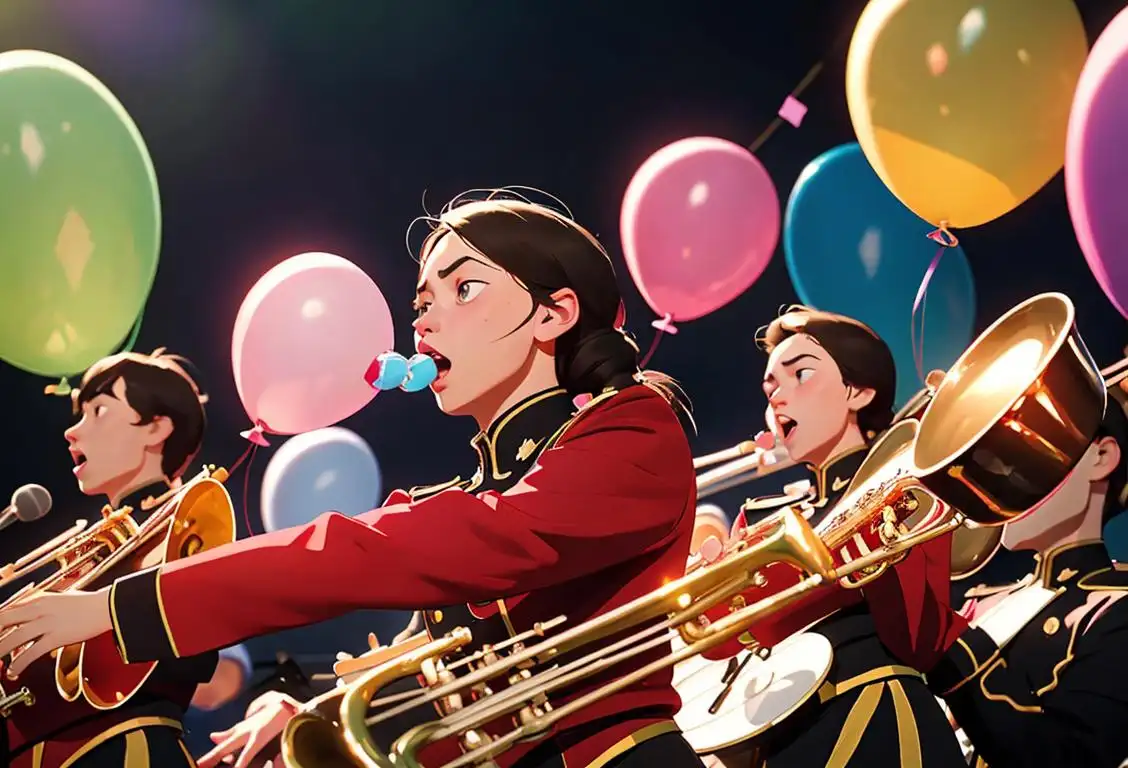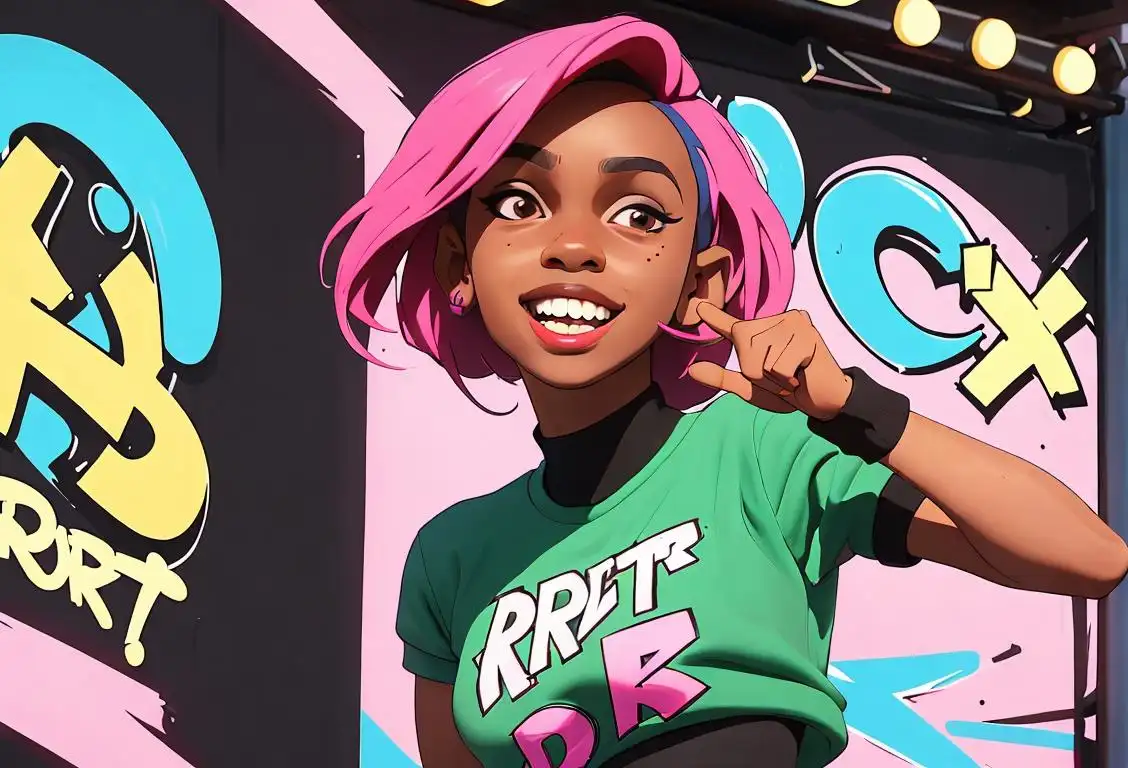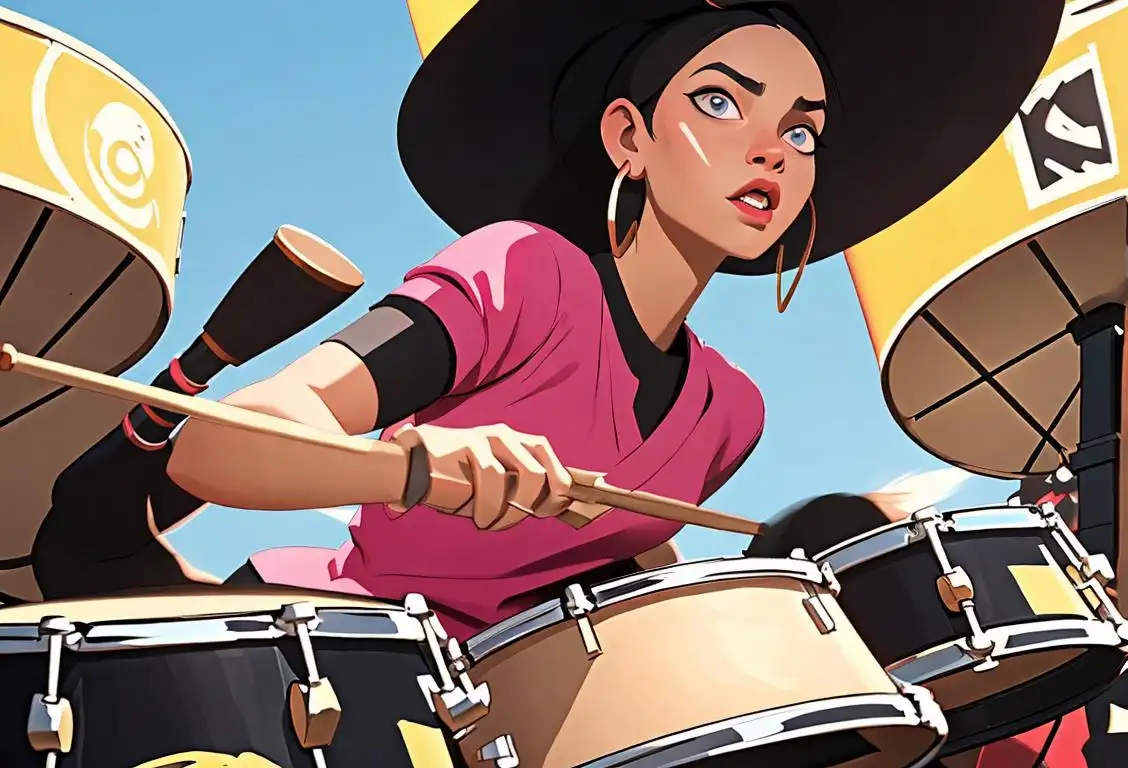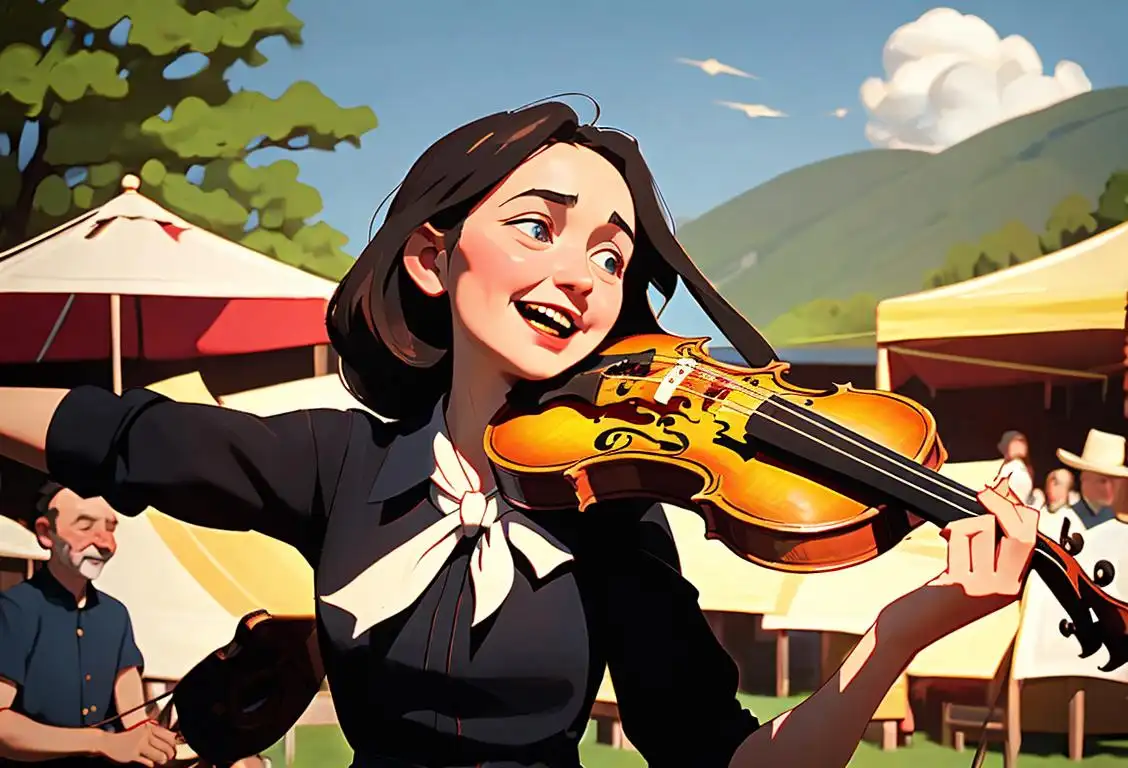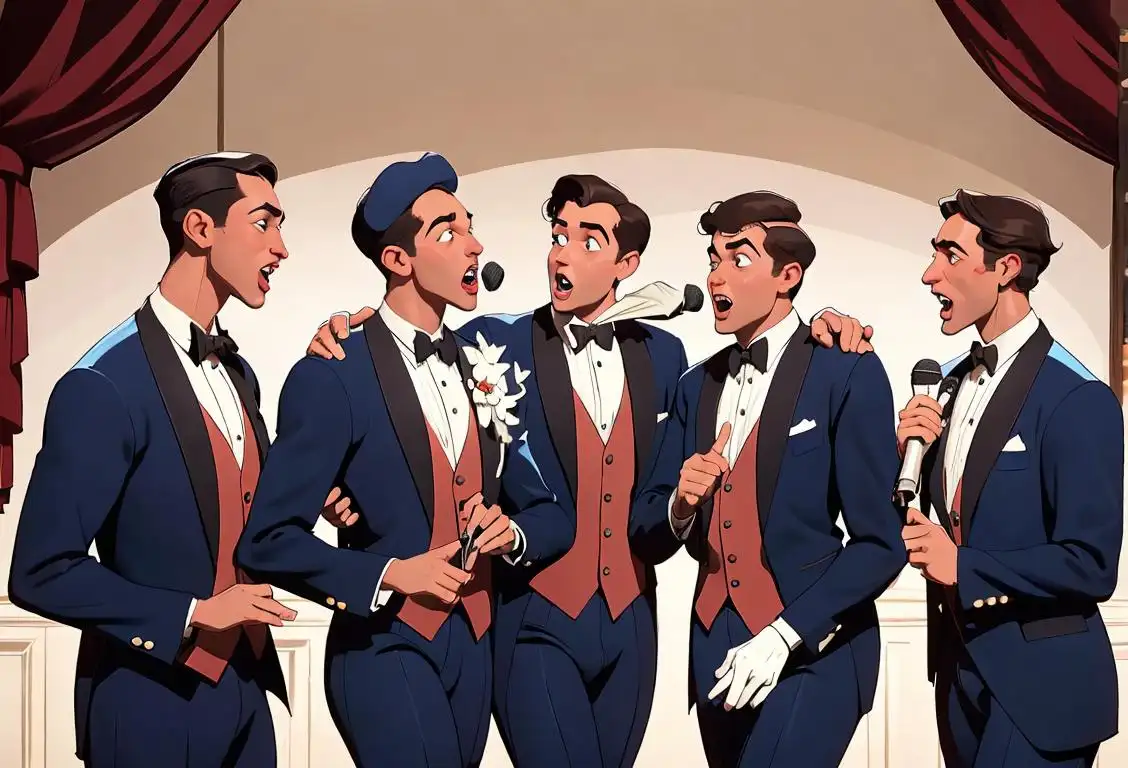National Marching Band Day
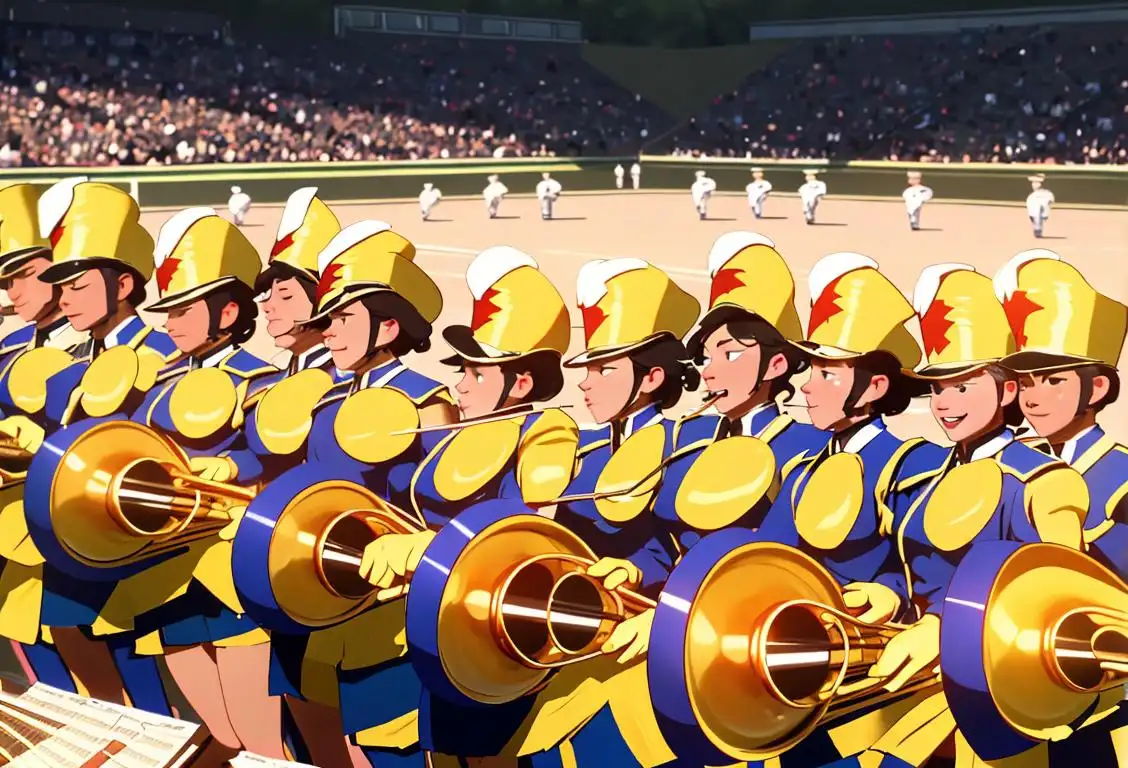
Are you ready to march to the beat of your own drum? Well, get ready because National Marching Band Day is here to celebrate those harmonious individuals who bring music to life with their coordinated footsteps and synchronized melodies.
When is Marching Band Day?
It's national marching band day on the 4th March.
The Birth of a Musical Spectacle
Marching bands have been an integral part of American culture for decades. With their flashy uniforms, precise movements, and powerful sounds, they captivate audiences at parades, football games, and various festivals across the nation.
But have you ever wondered how National Marching Band Day came to be? Well, let me take you on a journey through the internet halls of history.
It all began on March 4, 2016, when the internet was buzzing with excitement for all things marching band. With 1480 mentions recorded online, it was clear that people were eager to celebrate.
On this day, music enthusiasts, former band geeks, and lovers of all things festive came together to honor the artistry, dedication, and camaraderie that marching bands embody.
Marching to the Beat of a Fun Fact
Did you know that the longest marching band parade ever recorded consisted of a whopping 2,135 performers? That's a whole lot of trombones, trumpets, and tubas marching in unison!
History behind the term 'Marching Band'
1492
Inception of Military Bands
Military bands originated in Europe during the 15th century. These early bands consisted mainly of drummers and buglers who provided musical accompaniment for soldiers during battles and military ceremonies.
1768
Formation of the First Civilian Band
In Philadelphia, USA, the earliest documented civilian band, the American Company of Comedians, formed. This group included musicians who played instruments like flutes, bassoons, and clarinets, in addition to the traditional drum and bugle ensemble of military bands.
1840
Inauguration of Brass Bands
During the mid-19th century, brass bands gained popularity. These bands featured a variety of brass instruments, such as trumpets, trombones, and tubas, along with percussion instruments. With their melodic and powerful sound, brass bands became a common sight at public events and parades.
1907
Formation of the First Marching Band
The University of Illinois Marching Illini is widely recognized as the first official marching band. The band, led by Albert Austin Harding, introduced the concept of precise formations, choreographed movements, and playing music while marching. This marked the birth of the modern marching band.
1923
Introduction of Half-Time Performances
During a football game between the University of Illinois and the University of Michigan, the Marching Illini performed a halftime show. This was the first time a marching band entertained the crowd during the game interval. Half-time performances eventually became a popular tradition in American football.
1950
Incorporation of Color Guard and Dance Teams
To enhance visual appeal, dazzling flags, rifles, and dance elements were incorporated into marching band performances. The addition of color guards and dance teams brought a new dimension to the displays, further captivating audiences and allowing for more creative expressions.
1972
The First Tournament of Roses Bandfest
The Tournament of Roses Bandfest in Pasadena, California, commenced, providing an opportunity for marching bands from around the world to showcase their talents. This annual event has since become a prestigious stage for showcasing artistic and technical marching band performances.
Did you know?
Did you know that the longest marching band parade ever recorded consisted of a whopping 2,135 performers?Tagged
celebration music entertainmentFirst identified
4th March 2016Most mentioned on
4th March 2016Total mentions
1480Other days
Showtime Day
Band Day
Krept And Konan Day
Drummers Day
Fiddle Day
Get Out Your Guitar Day
Barbershop Quartet Day
Travis Scott Day
Marching Band Day
Trance Day

